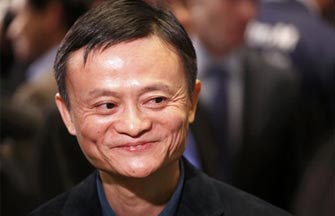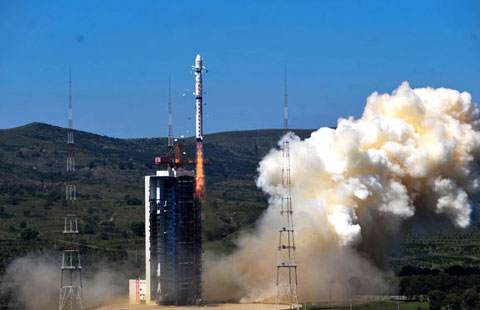Bright new light shed on ancient ideas
Updated: 2014-10-03 14:41
By Paul Bolding for China Daily(China Daily)
|
||||||||
 |
|
Shang Shu is one of the five classic manuals of Chinese administration. [Photo provided to China Daily] |
The first Chinese emperor, Qin Shi Huang, continues to fascinate, most recently for television viewers in Britain through Andrew Graham-Dixon's The Art of China (BBC). Qin's terracotta army in Xi'an attracts tourists by the busload. What is lesser known is his decree ordering the destruction of all books except those covering medicine, war, divination or agriculture. He wanted people to believe that no values or ideas had existed before he seized power in 221 BC - a kind of year zero.
At the top of his hit list was Shang Shu, but it survived at least in part and is the topic of a new translation by Martin Palmer.
It is one of the five classic manuals of Chinese administration and has benefited from its connection with Confucius, who is no longer thought to have edited the text but did comment on it.
To Confucius, the ideal state for the individual was that of the sage, but since that was difficult to attain, he created the notion of junzi, usually translated as gentleman. That was based on his reading of ancient texts such as Shang Shu.
The five texts were central to the Chinese Imperial Examinations system, which was abolished in 1905.
Reading it today benefits anyone who seeks to understand the traditions that underpin the way that China is run.
Shang Shu is a guide to the evolving leadership styles in China over many centuries. Palmer has provided what the book blurb calls a "fluid" translation, and it certainly reads well.
We also get a clear, comprehensive introduction that adds life and meaning to the text. He goes through its history and its rediscovery in a style that is rigorous without being dry.
More than that, Palmer is our guide as we read the text, with brief notes atop many chapters.
The 256-page volume ends with a guide to the personalities of the book.
Some sections have been reworked as poetry by collaborator Jay Ramsay, reflecting the rhythm of elements of the original text.
Additionally, chapters take various styles of writing including announcements, speeches, chronicles and instructions. That sounds bureaucratic, but the text is alive with the deeds and misdeeds of Chinese rulers, some told in graphic and gory detail.
Shang Shu is divided into four sections reflecting traditional eras of Chinese history, the Yu, Xia, Shang and Zhou, covering the best part of two millennia from 2357 BC but with long gaps.

 Hundred Flowers Award ceremony opens in Lanzhou
Hundred Flowers Award ceremony opens in Lanzhou
 A quiet designer
A quiet designer
 Alibaba founder biopic could be underway
Alibaba founder biopic could be underway
 Star Stefanie Sun holds concert in Beijing
Star Stefanie Sun holds concert in Beijing
 Faye Wong's manager refutes star's drug rumors
Faye Wong's manager refutes star's drug rumors
 Lu Yi and daughter Bei Er pose for street snaps
Lu Yi and daughter Bei Er pose for street snaps
 Photoshoots of actress Li Xiaomeng
Photoshoots of actress Li Xiaomeng
 Council of Fashion Designers of America Awards
Council of Fashion Designers of America Awards
Most Viewed
Editor's Picks

|

|

|

|

|

|
Today's Top News
Xiamen dancers dazzle Ft Meade
'One Country, Two Systems' vital
China, US voice commitment to ties
US visas hinder talent search: expert
IMF calls for more global growth
GM to invest $14bn in China
HK official to meet with Occupy Central students
Evernote announces new products
US Weekly

|

|










